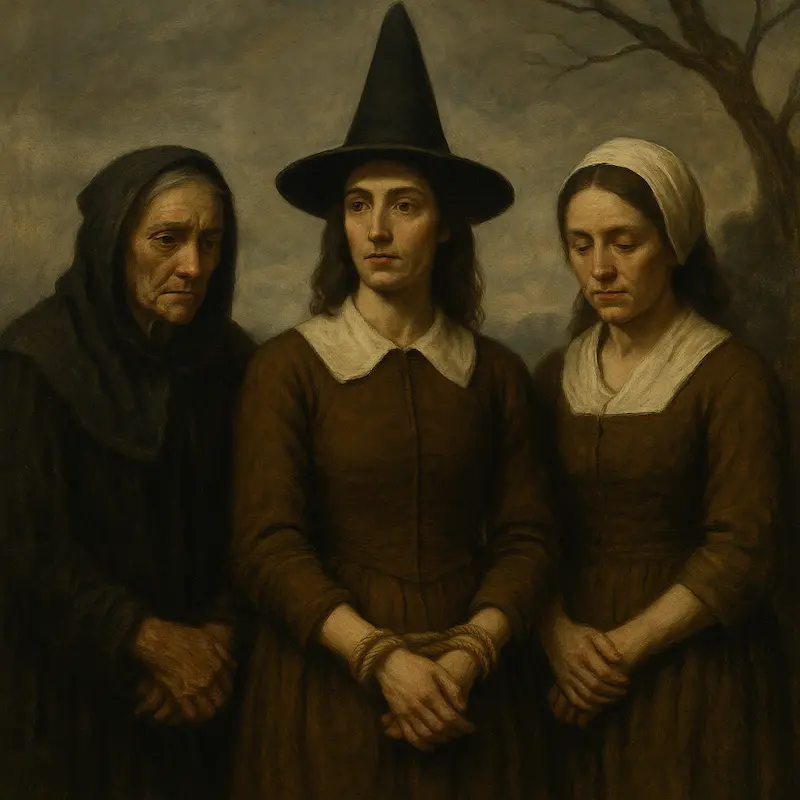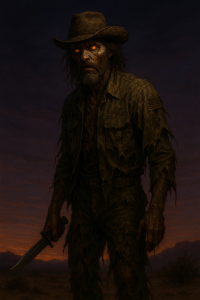Witchcraft in Yorkshire: Fact and Folklore
For centuries, tales of witchcraft echoed across Yorkshire, blending folklore, historical fact, and social fear. While many stories were fueled by superstition, some were tragically real — involving ordinary women accused of extraordinary crimes.
Herbal Remedies and the Witchcraft Act
In the 16th and 17th centuries, using herbal remedies was often mistaken for witchcraft. Women who prepared healing mixtures or practiced folk traditions risked being labeled witches. The Witchcraft Act of 1563 made such accusations deadly serious. Convicted individuals in England could face execution or public punishment.
Famous Cases of Yorkshire Witches
Mary Bateman, the “Yorkshire Witch,” began as a fortune teller and herbalist. Later accused of fraud and poisoning, she was arrested and executed in 1809.
Mary Pannell, a maid and herbalist in West Yorkshire, was blamed for a child’s death after a remedy she provided was misused. Despite little evidence, she was sentenced to death in 1603.
Mother Shipton, born near Knaresborough in 1488, was a gifted soothsayer. Respected by some and feared by others, she died peacefully in 1561 despite her reputation as a witch.
Isabella Billington was executed in 1649, convicted of violent crimes and ritual acts. Her execution was among the few state-sanctioned witch burnings in Yorkshire.
Legacy and Modern Witchcraft
These stories reflect the fear of the unknown and the tragic consequences for those outside societal norms. Today, modern witchcraft embraces peace, nature, and personal spirituality. Many identify as Wiccans, Green Witches, Kitchen Witches, and more — practicing safely and openly what was once feared.
Disclaimer:
📜 This story is based on historical records, folklore, and publicly available sources. It may contain interpretations, myths, or legends evolved over time. All characters and accounts are for educational and entertainment purposes only. No part of this content promotes harmful beliefs or actions. Images are for illustration.



